Caroline’s crazy dream for New Zealand
“That not an ounce of product leaves the country without a premium being attached to it.”
Saunders, who is the director of the Agribusiness & Economics Research Unit at Lincoln University (AERU), has dedicated her professional life to achieving that goal, first by proving that consumers in some export markets would pay more for products with certain intangible attributes and then by showing New Zealand primary producers how to tap into that demand.
One of the things Saunders is most well-known for is debunking the concept of food miles back in the mid-2000s. A flurry of media coverage drew attention to the emissions cost of shipping products to the Europe and the UK. It was a PR storm that had the potential to affect exports, but she successfully argued such calculations should be based on the total energy used from production to plate, not just the transport. New Zealand products stood up well to that assessment.
That research caught the attention of businesses in the primary sector. Caroline was invited to talk to and used the opportunity to ask what they were doing for the environment, how they were helping to improve New Zealand society and how expressing those things would allow them to charge higher prices for their products.
“They said: get back in your box Caroline. We’re low-cost producers here, or we’re ingredients suppliers to the big players, we can feed so many million people and we shouldn’t be doing what you say. We’re going to feed India and China and they don’t care how the food is produced.”
Intuition can be valuable in business, but market research should trump it. So Saunders started conducting research with consumers in China, India and the UK to see what they would pay for products that had ‘credence’ attributes, such as environmental quality, robust animal welfare standards, or GM-free status.
“It turns out consumers in China and India were willing to pay a lot more than the UK for these types of attributes. I sent the research back to the business leaders and they nearly fell off their chairs.”
“It turns out consumers in China and India were willing to pay a lot more than the UK for these types of attributes. I sent the research back to the business leaders and they nearly fell off their chairs.”
Value not merely supply
Value created in the mind is no different than value created in the factory. New Zealand’s reputation as a high-quality food producer – and its appeal as a tourism destination – has undoubtedly helped add value to our primary products over the years and different government organisations and industry groups have worked hard to cement that perception.
But Saunders says it’s no good saying there’s a prize in the market if you can’t show businesses how to bring it back. And that has been the focus of the AERU’s research in recent years: how to move from commodity-focused supply chains to market-oriented value chains.
So what’s the difference?
“A value chain looks at the consumer first. The value is created by the consumer, so we find out what they are really willing to pay for, what attributes they are looking for, and we bring that down through the value chain and make sure that fair reward goes to the New Zealand producers.”
She says New Zealand has traditionally been good at logistics and ensuring product quality, but not that good at market orientation. So the research team studied five exemplar value chains to find out what their characteristics were and see where other producers were losing value. Other case studies were added and, over time, Saunders and her colleagues, with funding assistance from the Our Land and Water, have settled on nine attributes that show how producers can create a value chain and obtain a premium.
Power dynamics
One of the big outtakes for her was the difference between leadership and power.
“There can be a leader in the value chain and it’s not usually the one that has the power. You might think a big supermarket chain would have the power, and they do to a degree, but they allow leadership from others in the value chain
She points to Zespri as a good example of showing leadership in terms of sustainability and innovation.
“The people with power – the retailers – still want products. So if you have a value proposition for a higher price and market research that can back that up, they are more likely to put it on the shelf.”
Everyone in a value chain is incentivised to work together and showcase the product attributes rather than have products go into markets anonymously, because there’s more upside for all the links of that chain.
One of the main reasons humans are so dominant is that we have the ability to collaborate and share resources. But, even so, some things in a value chain are out of your control, so it’s still important to shop around for partners that share your values and your vision.
“Would I go to Tesco? You’d probably go to Sainsburys, which has a different sustainability approach, or Waitrose, which has had a huge relationship with New Zealand over the years.”
Show me the way
She admits there isn’t too much that’s new in the latest research and many of New Zealand’s best primary producers already know it to be true. But knowing something and acting on it are two different things. Saunders says there is a lot of orphan science on the shelves of Kiwi businesses because the hard and expensive part is developing products to go into those markets and then entering them.
To shift from supply chain to a value chain “you have to change the culture of a company and its business model. And that’s not easy. You’ve got to take the rest of the firm with you.”
To shift from supply chain to a value chain “you have to change the culture of a company and its business model. And that’s not easy. You’ve got to take the rest of the firm with you.”
Some primary producers still aren’t looking too far beyond the farm gate and might not believe there’s much of a premium to be found. There is also so much information on offer that they “can get a bit bewildered”.
“But market analysis gets them engaged. If we can show that there’s the potential for a premium if you tailor your product to a specific segment, it gives them something to hook into. They think ‘now they’re talking my language’. Showing them a little bit of that analysis can show them the potential prize.”
Cultivating FOMO
John Brakenridge, who showed what was possible when he created a value chain around New Zealand merino, is also involved in a movement called Te Hono to try and spread that message further. Saunders estimates around 90% of New Zealand agribusinesses are involved in the scheme and some of them attend a regular bootcamp at Stanford University. The professors there tell New Zealand producers that they are missing out on premiums as high as 20%. Saunders says her research is a bit more nuanced and that percentage is higher or lower depending on the sector – but showing producers the value they are missing out on is compelling.
“It breaks your heart going across to the UK and you go into Marks & Spencers and you see prime cuts of New Zealand meat at $50 a kilo in the chilled cabinet. And in a freezer, chunks of New Zealand lamb leg are $2 per kilo. Nobody cooks those anymore. So really that’s the old fashioned way, because that’s the way it has always gone to the UK.”
“It breaks your heart going across to the UK and you go into Marks & Spencers and you see prime cuts of New Zealand meat at $50 a kilo in the chilled cabinet. And in a freezer, chunks of New Zealand lamb leg are $2 per kilo. Nobody cooks those anymore. So really that’s the old fashioned way, because that’s the way it has always gone to the UK.”
She gives the example of New Zealand venison being exported to Germany or the US. High-end chefs are taught how to cook it, people go in and champion it to get it on the shelves, they create blogs and recipes, and, over time, it is seen as a premium product.
Protect and prosper
While economic gain is a big driver of this shift to premium, environmental issues are applying pressure at the other end and forcing the primary sector to try and create more value rather than just more volume.
Some of the smaller companies like Tatua dairy, Miraka milk, Greenlea beef, and First Light Foods are leaders in this space, she says.
“They understand that the customer comes first and they are finding a place in a market that suits them.”
Saunders also worked with Synlait and says its Lead with Pride campaign, which recognised and financially rewarded suppliers for achieving dairy farming best practice, was a powerful signal of its commitment. But some primary producers feel aggrieved that they are facing more compliance, with regulations put in place by the Government in an effort to reduce environmental degradation and help us reach our climate change goals.
There is a sense that sacrifices are required and costs will be added when it comes to environmental compliance, but the research shows it can be flipped around and looked at as an opportunity.
“You can either put your head in the sand and do the absolute minimum to keep operating, or you can find ways to get more value out of what you’re doing. If I’m talking to farmers I say you’re doing a fabulous job. There are lots of difficult circumstances, so let’s get you rewarded for what you’re doing right now, because you’re losing premiums. And then I say there are more premiums out there that we want you to get.”
Cultural currency
When she talks about the future, she says Māori enterprises really get it.
“They’re ready for a new business model, they see the value proposition, and they’re in it for the long game.”
Many of them are also looking for ways to imbue their cultural attributes into those products or looking to create value from traditional ingredients.
“We’re also looking at the different spiritualities around the world to see how they resonate with Māori values. How do we get into the Shinto market in Japan, for example, by showing them the different attributes? It might not say ‘Māori’, but it speaks about the things they value.”
To market, to market
It always pays for producers to remember that you are not your market. And that’s why it’s so important to keep getting more information about what customers want. Saunders has done a lot of work on online purchasing, and there are big benefits for companies that create closer relationships with consumers, as many producers did during Covid.
A year ago, she says she wouldn’t have guessed anyone would have paid more for carbon-zero beef, but now her research is showing that there is real demand for that.
“It’s not about reaching everybody in those markets, but selling it to the ones who want to pay more.”
So, after more than 20 years working in this field, why does she keep doing this research?
“Well, I think New Zealand could do better for itself.”
She says New Zealand was a relatively poor country when she arrived from the UK in 1996. We are much wealthier now, in large part due to the growth of our primary sector, but our environment has suffered as a result so it’s clear we need to find a better balance.
“We sat and watched what happened in the Canterbury Plains over the past 15 years,” she says. “… We need to create the best society, environment and culture we can. We’ve got a passion in our research unit for sustainable wellbeing. And we want to provide research to make sure we can have these win-wins.”
The right rhetoric is there now, she says. She doesn’t hear anyone say we’re low value producers anymore, as she did when she started out. But she believes the business models could change more – and, in some cases, she says they haven’t really changed much at all because it hasn’t been uncomfortable enough.
Failure is forensic and the industries that have performed best are often the ones that have experienced crises. Kiwifruit and wine were forced to change and they did, she says. They became very market and innovation focused and now fetch a premium.
“But when the dairy price is up, the industry has no incentive to change. Meat was making strong moves and changing its culture, bringing in new people, and promoting premium products into different markets. But the Chinese market and other markets are much easier, so that’s where they’re focusing now. What I’m talking about is playing a longer term game so we don’t get stuck in a commodity trap.”
Saunders says she will keep beating her premium drum and showing New Zealand businesses that it is possible to produce less, make more money and protect the place they love.
“Cultural change takes time. But you’ve got to keep trying.”
By Ben Fahy for Our Land and Water National Science Challenge. All text in this article is licensed for re-use under Creative Commons Attribution 4.0 International (CC BY 4.0)
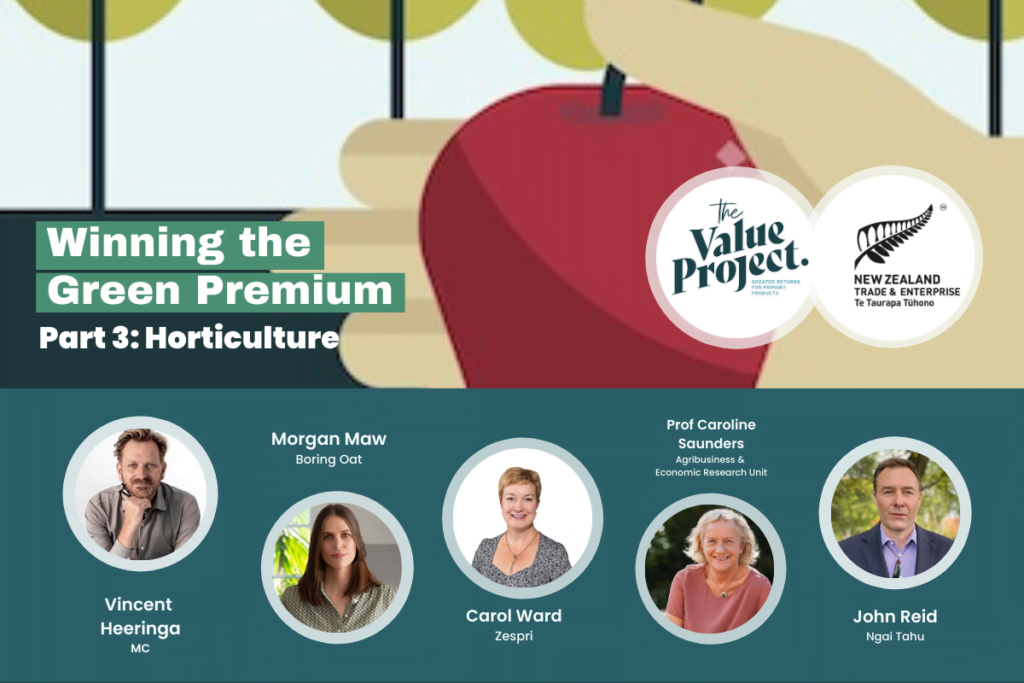
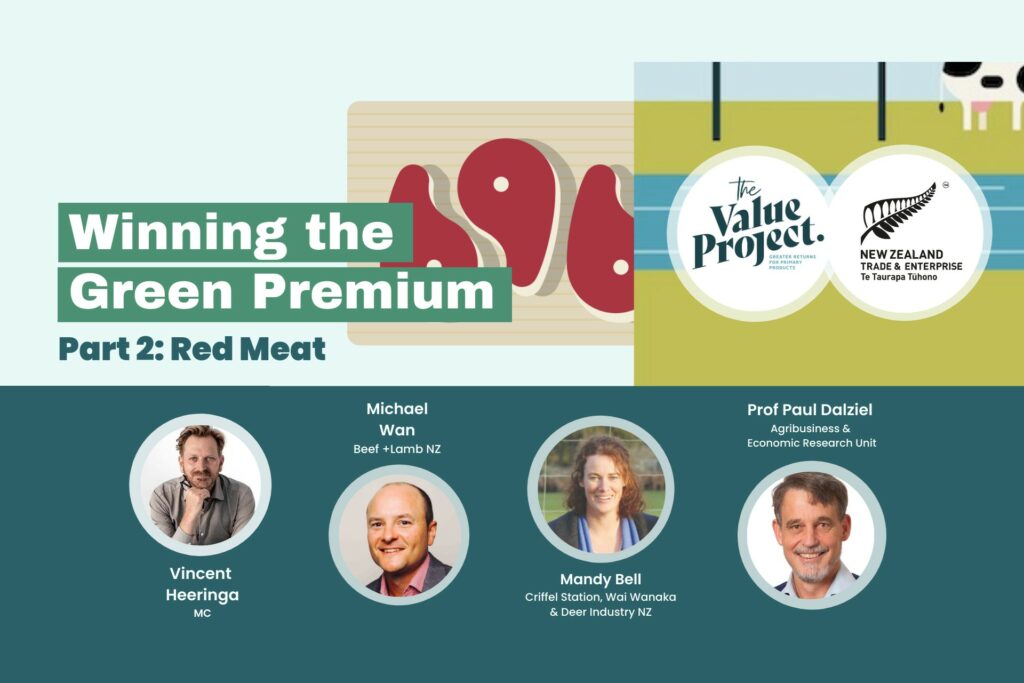

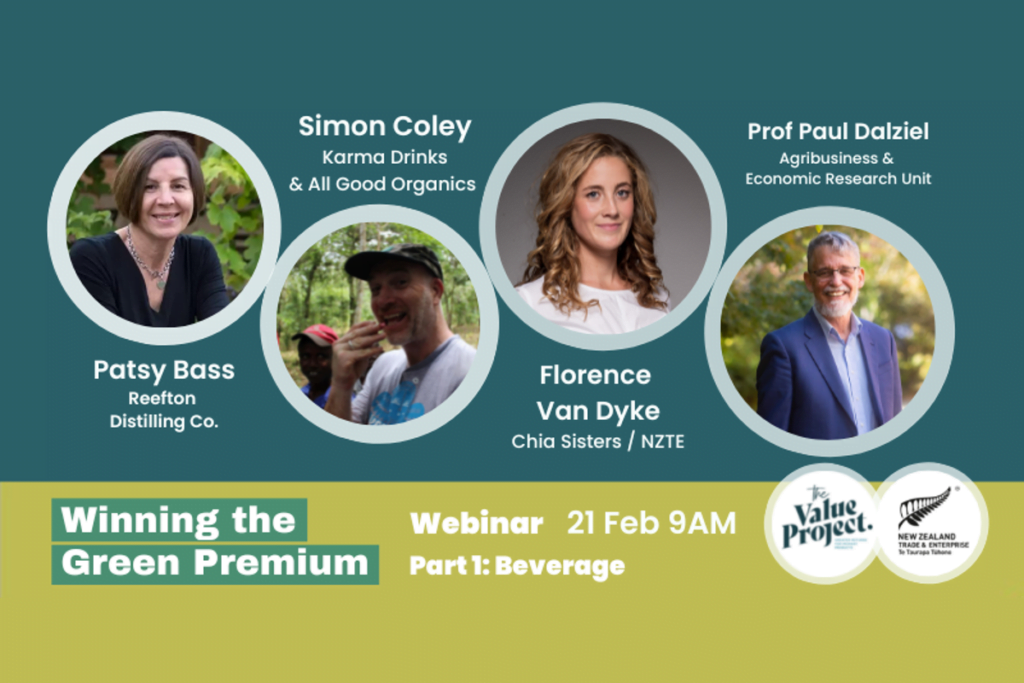
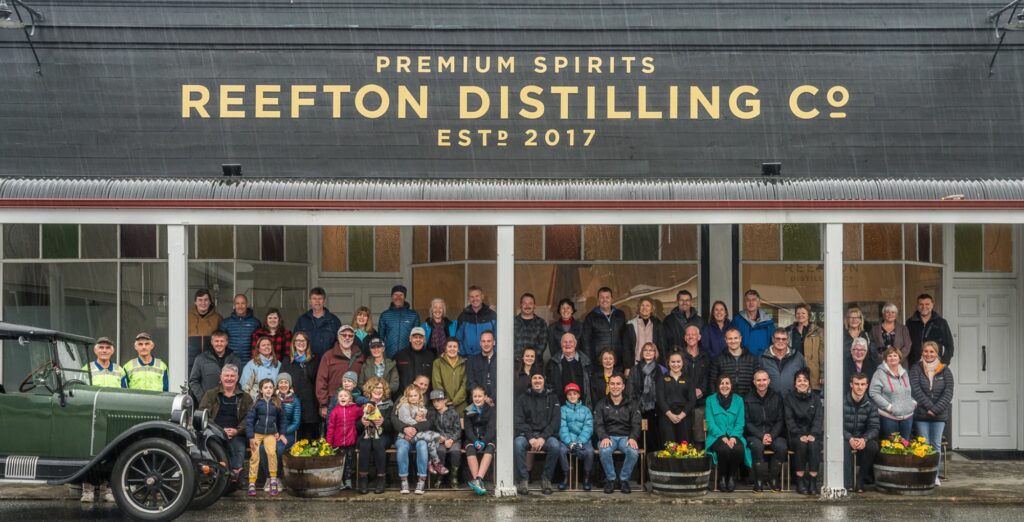
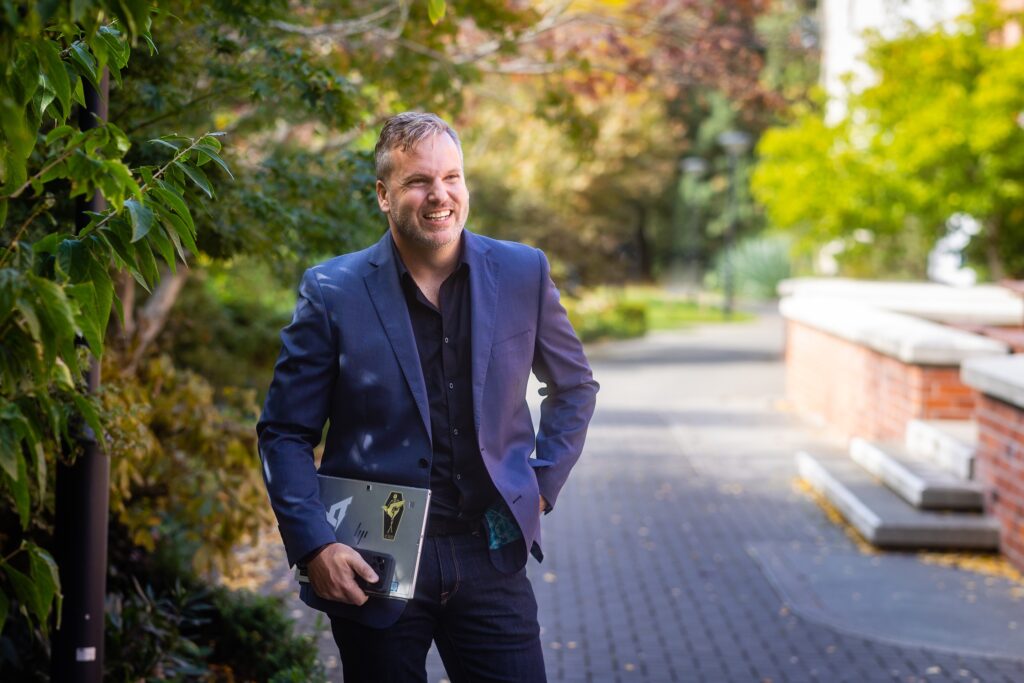

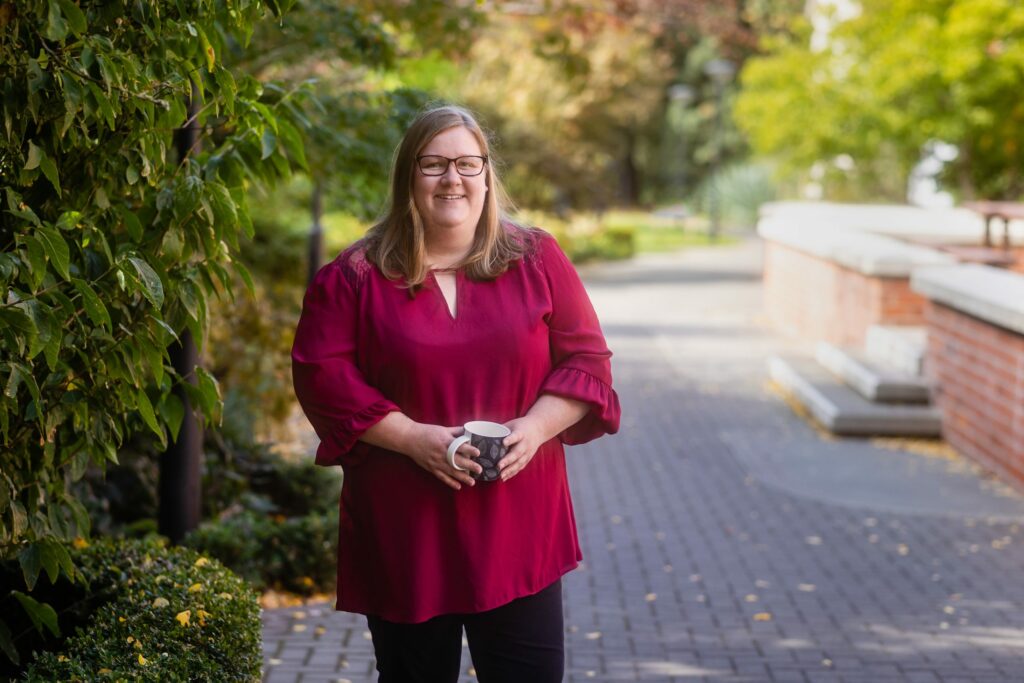
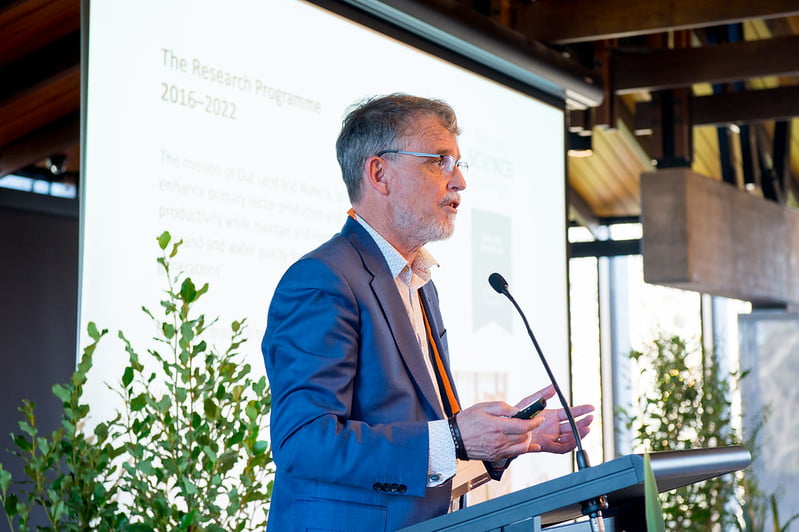
An instruction is not a plan: how to create value in the primary sector
Bill Kaye-Blake, principal economist with NZIER, reflects on 20 years of research into creating greater value in New Zealand’s primary sector. I’ve…